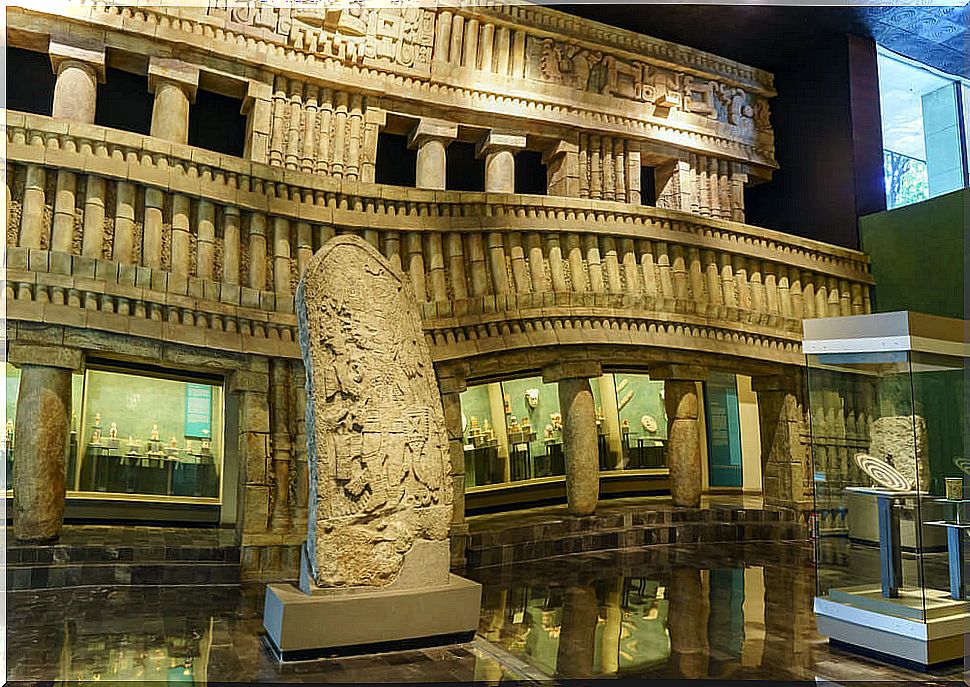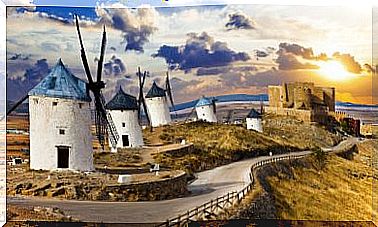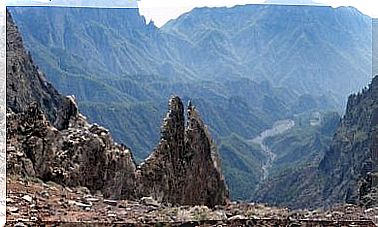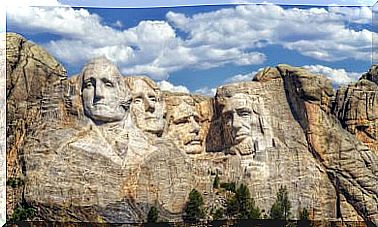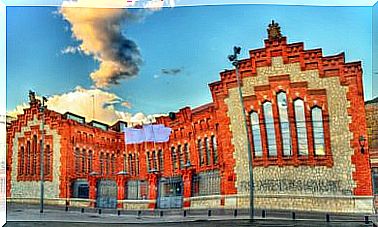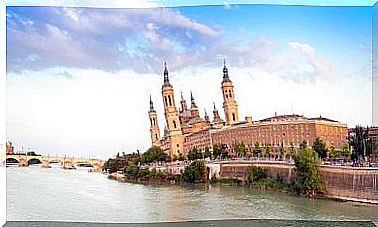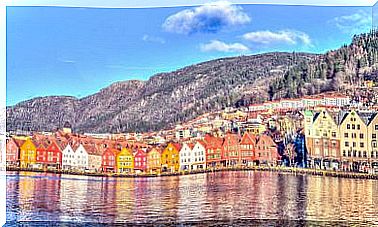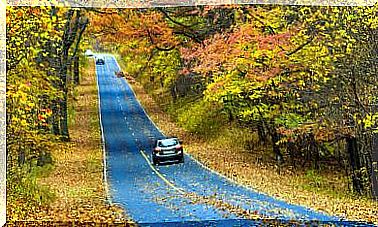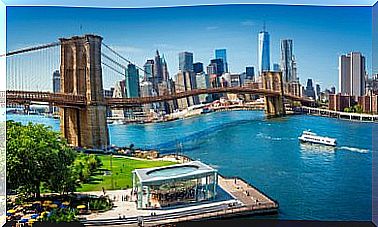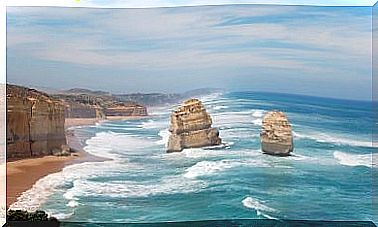The National Museum Of Fine Arts Of Buenos Aires
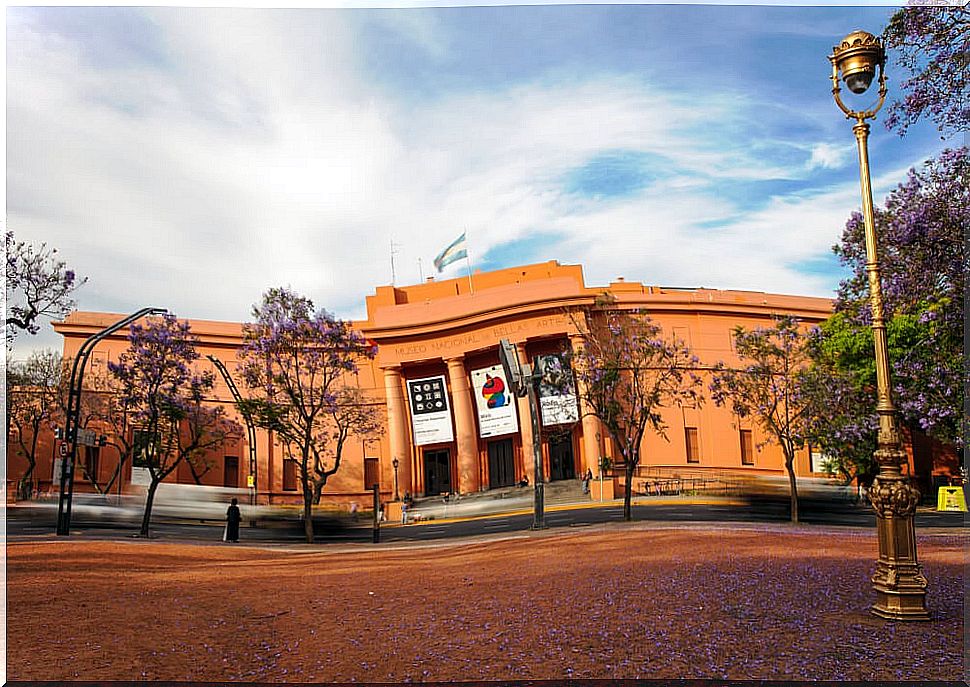
The capital of Buenos Aires is full of interesting places and attractive activities that you cannot miss. With regard to the cultural plane, the monuments and galleries are spread throughout the city of Buenos Aires. The National Museum of Fine Arts is one of the most outstanding institutions in Argentina.
Therefore, it is undoubtedly one of the must-sees if you are traveling in this exciting city. We are going to discover a little more about the history of this museum and the possibilities it offers, which are many.
Origin of the National Museum of Fine Arts
In 1895, President José Evaristo Uriburu signed a decree to build a national museum. A venue was needed in which to properly preserve the works of art that had been donated by multitudes of collectors.
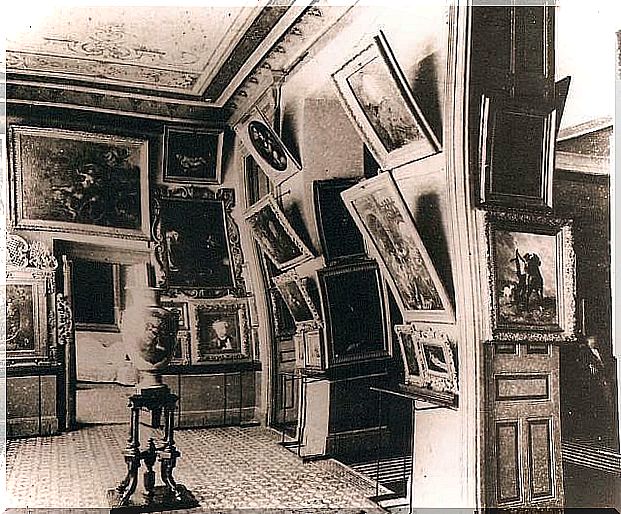
In addition, they wanted to create a place that would develop teaching work with future generations. With the national art in constant growth, a gallery was needed in which to exhibit these pieces. Among the first donations that the museum received, we must highlight those of Adriano Rossi and José Prudencio de Guerrico.
Eduardo Schiaffino will be the first director of the National Museum of Fine Arts, which begins its journey with a heritage of more than 160 works. They wanted to follow the model started by the European and North American galleries, in addition to giving a new impulse to art in Argentina.
On these bases, the doors will be opened on December 25, 1896, occupying the Bon Marché building on Florida Street (the current Galerías Pacífico). This will be the first headquarters of the National Museum of Fine Arts.
Development in the early 19th century
In 1906 Schiaffino will travel to Europe with the intention of buying artistic pieces that will increase the acquisitions of the museum. Tour the main galleries and acquire numerous examples of ancient and contemporary painting.
Also, in 1907 one of the first outstanding works was bought with public funds. The same year that the Met in New York gets its first Renoir, the National Museum of Fine Arts also incorporates a painting by this French painter. Thus, the set is becoming more and more eclectic.
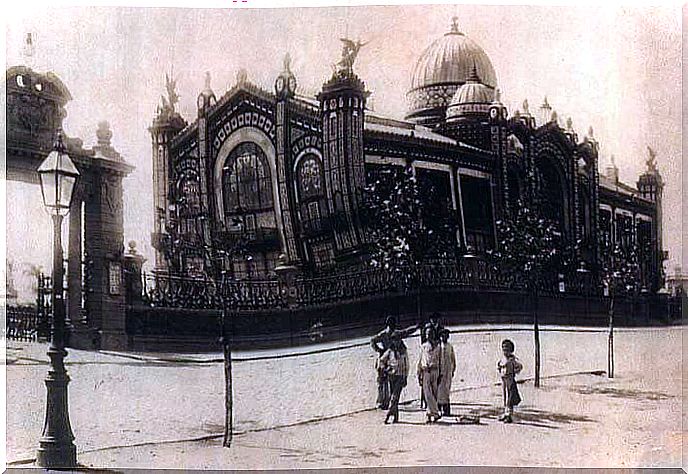
These new pieces are exhibited in 1908: sculptures, paintings, drawings and engravings that gradually create a specific identity. A year later the headquarters were changed to Plaza San Martín. The museum is moved to the building of the Argentine pavilion for the Universal Exposition of Paris in 1889.
It is an iron and glass construction where the creations of the different artists are distributed. Likewise, generous donations keep pouring in. In these years it is worth highlighting the contribution of a version of The Kiss , which Rodin himself gave to Schiaffino.
The new site was inaugurated in July 1911, but under the orders of a new director. At this time, the restoration workshop is also being created and an extensive educational program is being developed for the entire public. Likewise, some works are lent to other Argentine cities.
The current headquarters of the National Museum of Fine Arts
In 1932 it was decided to move the gallery again, this time to its current and final location. The chosen place will be the old Recoleta Pump House. However, the architect Alejandro Bustillo is commissioned to adapt the construction to house the museum, with light walls in the exhibition rooms that will help to contemplate the pieces.
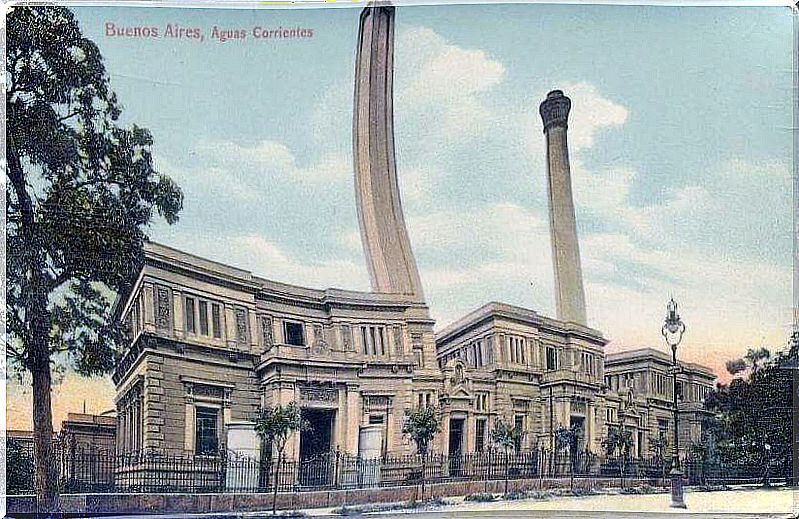
This building was opened to the public in 1933, presenting the collection by schools and in chronological order. Temporary exhibitions will also be organized, such as A Century of Art in Argentina in 1936.
Donations make the repertoire of the National Museum of Fine Arts continue to grow . In 1942 an extension took place and the library was made available to anyone who wanted it.
On the other hand, on the occasion of the celebrations of the sesquicentennial of the May Revolution, various activities are organized. Likewise, a pavilion is created that becomes a permanent part of the main building and the exhibition 150 years of Argentine Art is inaugurated .
In the 1960s, a close collaboration with other museums began, such as the MoMA in New York. From the 1970s, on the other hand, an ambitious extension work will take place that culminates ten years later.
Entering the 21st century
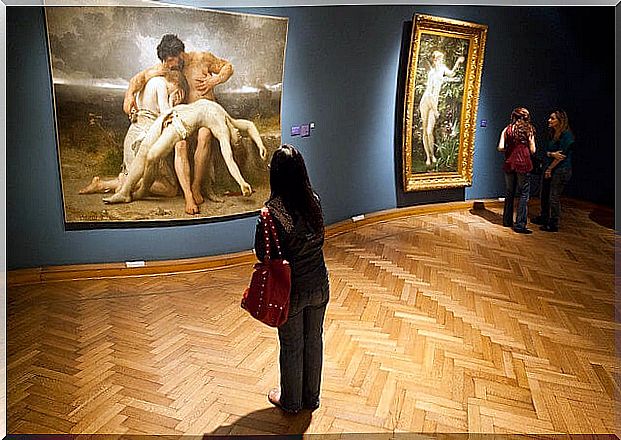
With the arrival of Jorge Glusberg as director, the museum continues its educational work. It also develops an outstanding program of exhibitions for young artists to participate. Concerts, film series or conferences are organized and advertising will be an essential point in the early years of the 21st century.
One of the first temporary exhibitions of this new period is organized with the help of the Museo Nacional Centro de Arte Reina Sofía: From Picasso to Barceló . In addition, in 2005 the permanent Andean pre-Columbian art room was opened, offering a tour of Argentine art from its origins to the present day on the entire first floor.
To this day, this outstanding gallery has a really heterogeneous compilation. Its collections are made up of more than 12,000 works of art divided between painting, sculpture, drawings, engravings and various objects.
Collections of the National Museum of Fine Arts
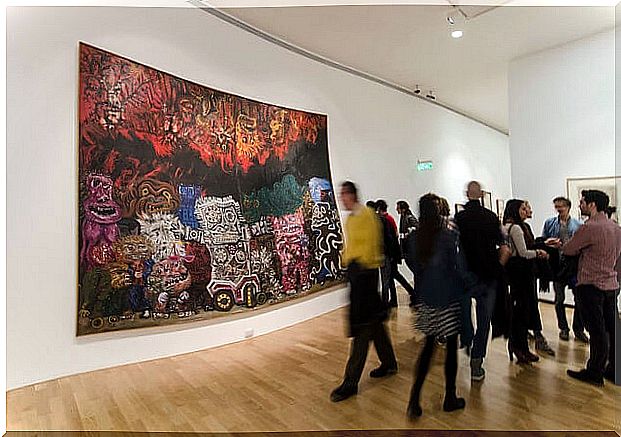
Throughout its 120 years of history, this museum has managed to gather a vast heritage from different artistic periods, both nationally and internationally. In this way, it has become one of the reference museums in the world. During your visit, you will find multiple works divided into different sections:
- Ancient and Asian art
- Collection of pre-Hispanic and colonial American art
- Art of the 12th-18th centuries
- XIX century
- 20th century art (1910-1945)
- Collection of the XX-XXI centuries (1945-present)
The National Museum of Fine Arts has one of the largest collections of Argentine artists : Antonio Berni, Lucio Fontana, Ernesto de la Cárcova, Eduardo Sívori, etc. However, you will also find a multitude of exhibitions by renowned European artists such as El Greco, Rembrandt, Rubens, Goya, Manet, Monet, Van Gogh or Gauguin.
Nor can we forget his precious pieces by contemporary artists such as Paul Klee, Kandinsky, Giorgio de Chirico, Pollock, Rothko or Henry Moore, among others. Touring the rooms of the National Museum of Fine Arts will not leave you indifferent thanks to its complete itinerary through the history of art. A unique opportunity to admire your favorite geniuses.
